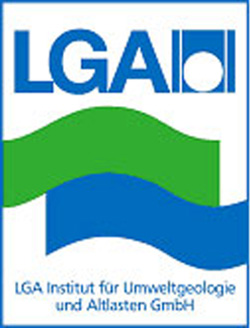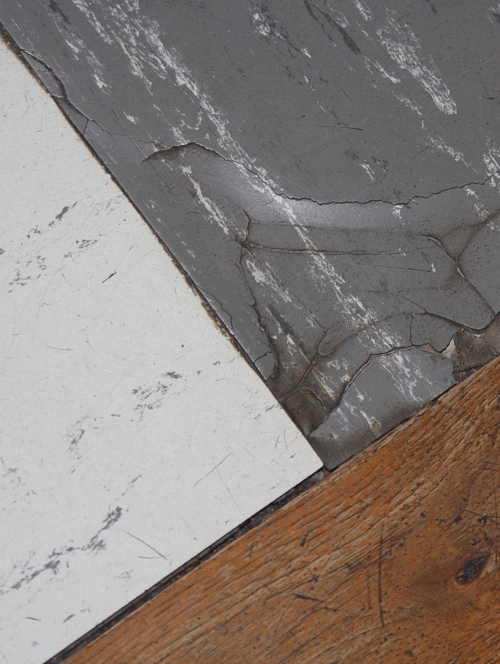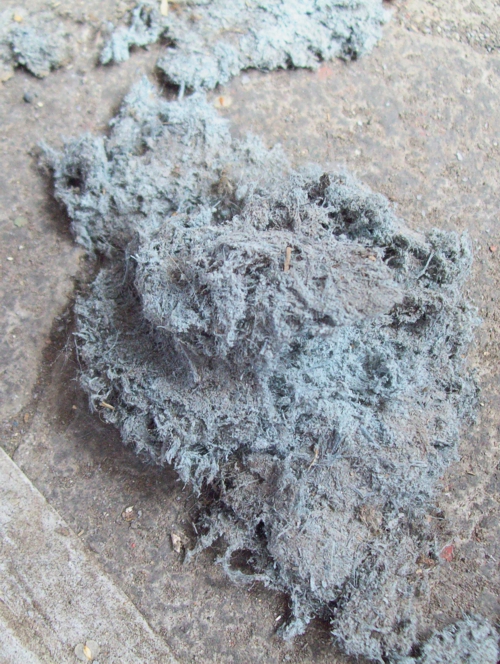Asbestos
Asbestos is a collective term for various naturally occurring, fibrous crystallised silicate minerals which, after processing, produce technically usable fibres of different lengths. An important representative is Chrysotile (White Asbestos).
Asbestos has also been called “miracle fibre” because it has great strength, is heat and acid resistant, provides excellent insulation and the asbestos fibres can be spun into yarns and these can be woven together. With these prerequisites, asbestos was able to establish itself in the heat insulation, the construction industry and for textiles in the field of occupational safety and filtration, among others. In the 1960s and 1970s in particular, it was used in a wide variety of products, including panels, cardboard, floor coverings, adhesives, mortars, fillers, plasters, foams, etc. Because of the now clearly identified health risks posed by asbestos, its use is now prohibited in many countries. In 1984, weakly bound asbestos products were banned in Germany. In 1995, an extensive ban on the manufacture and use of materials containing asbestos followed, with very few exceptions. In Europe, a general ban on the manufacture and use of asbestos was not introduced until 2005.
Due to the widespread use of asbestos in older construction products, expert examinations of the building fabric are advisable during modernisation and demolition measures in older buildings. Asbestos is increasingly becoming an issue, particularly in the upgrading of ventilation and fire protection equipment in buildings (heating systems, fire dampers, etc.).
LGA Institut für Umweltgeologie und Altlasten GmbH
Christian-Hessel-Str. 1
D-90427 Nürnberg
Phone: +49 911 12076 100
Telefax: +49 911 12076 110
info@LGA-geo.de
bewerbung@LGA-geo.de
News

Experts for safety structures against alpine natural hazards
Experts for safety structures against alpine natural...

Membership in the RAL Quality Association
Membership in the RAL Quality Association...

Impulse Online Edition
LGA Impulse - Online Edition With the current summer...
Asbestos – Article in the NN from 02.07.2024
Asbestos - Article in the NN from 02.07.2024 Our expert...

Successful recertification according to ISO 9001
Successful recertification according to ISO 9001 Posted on...
Older articles



